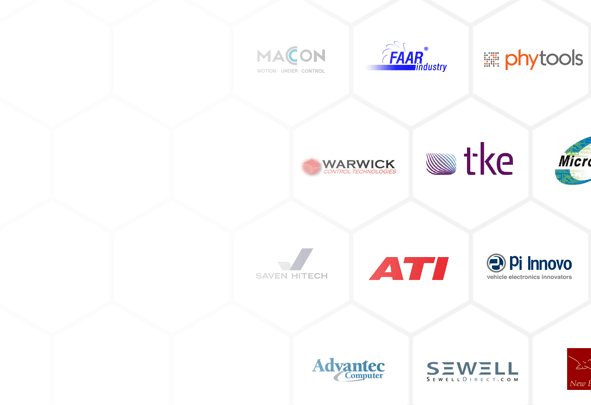NMEA 2000®
NMEA 2000® is a higher layer protocol developed and maintained by the National Marine Electronics Association as a communications standard for the marine industry. This higher layer protocol is used primarily on boats and ships to connect equipment such as GPS, auto pilots, depth sounders, navigation instruments, engines, etc.
The NMEA 2000® protocol is based on the J1939 higher layer protocol, as specified in ISO 11783, with the addition of Fast Packet transfer method and PGNs for marine-specific data. To reduce reflection issues and allow for hot swapping nodes, a NMEA 2000® bus is set up with a ‘backbone’ or a main cable that runs throughout the vessel. Individual pieces of equipment, or ‘nodes’, are connected to this backbone by drop cables to communicate in an ‘all-listen’, ‘all-talk’ broadcast network.
Key features of a CAN bus utilizing the NMEA 2000® protocol:
- The International version of the standard is documented as IEC 61162-3.
- The standardized bus speed is 250 kbit/s bus speed.
- Protocol is based on J1939 (ISO11898 and ISO 11783).
- Physical Layer based on DeviceNet cables and Micro-C and Mini-C connectors.
- Power is provided over the NMEA 2000® bus.

Kvaser Leaf Light HS v2 M12
Industry-leading USB to CAN interface.
View ProductResources:
More information can be found at www.nmea.org and http://en.wikipedia.org/wiki/NMEA_2000.
White paper: NMEA 2000® & the Controller Area Network (CAN), by F. Cassidy, chairman of NMEA Standards Committee. Download PDF >>
White paper: NMEA 2000® Explained – The Latest Word, by F. Cassidy, chairman of NMEA Standards Committee. March 1999. Download PDF >>

Find NMEA 2000® Software
Get Protocol Stacks and Software compatible with NMEA 2000®.
Search Software
Find an Expert
Contact one of Kvaser’s Technical Associates who specialize in NMEA 2000® and Marine applications.
Search Associates